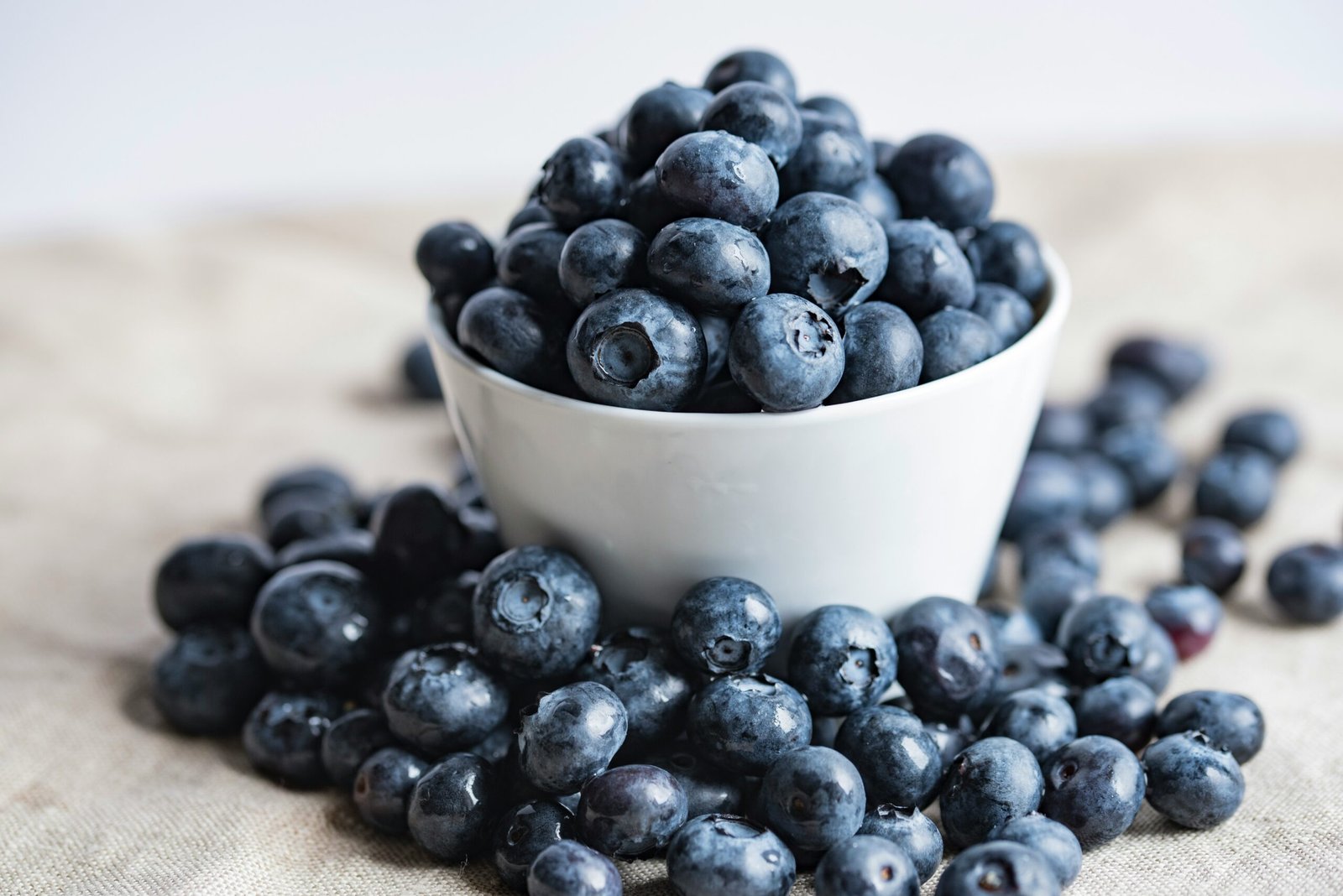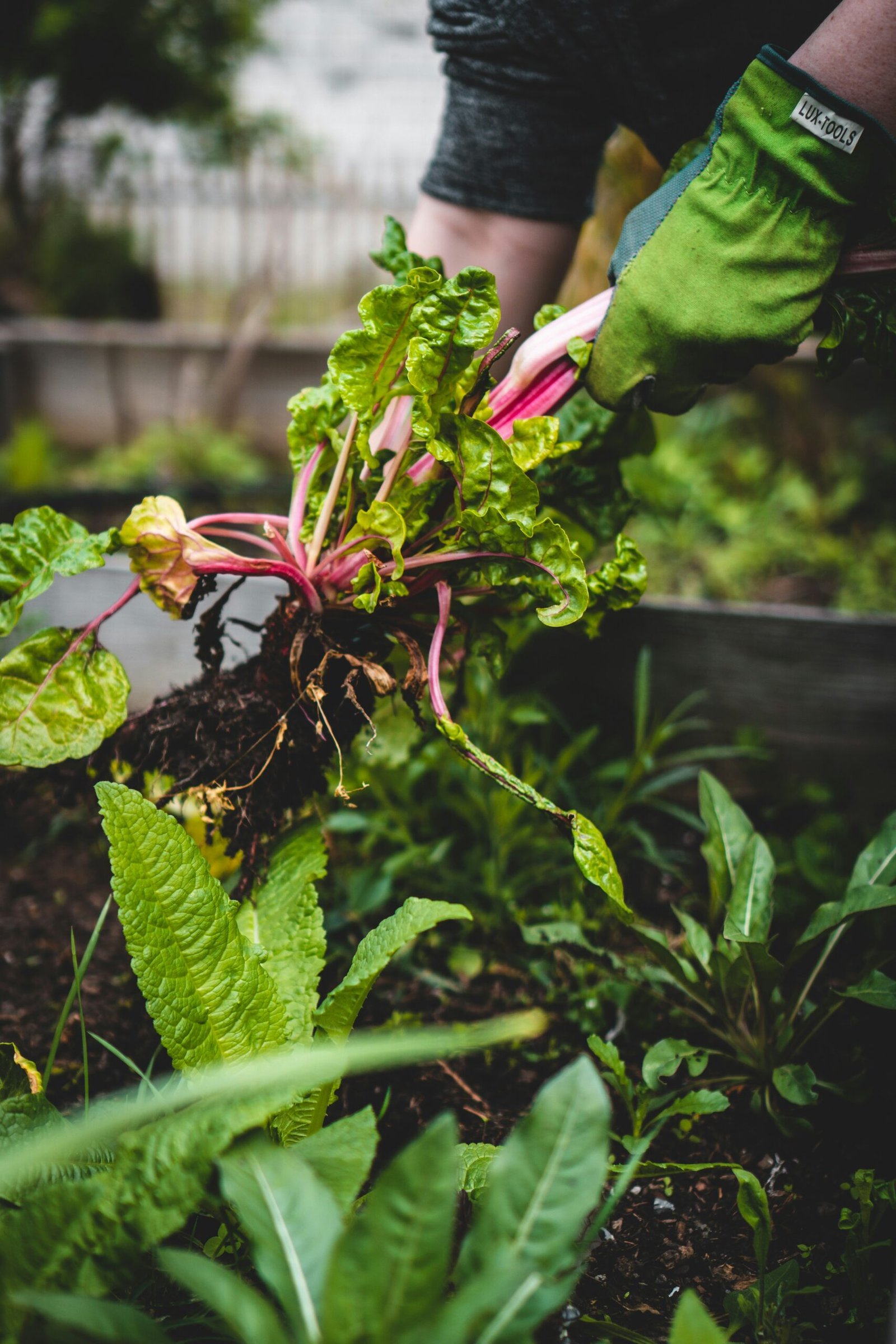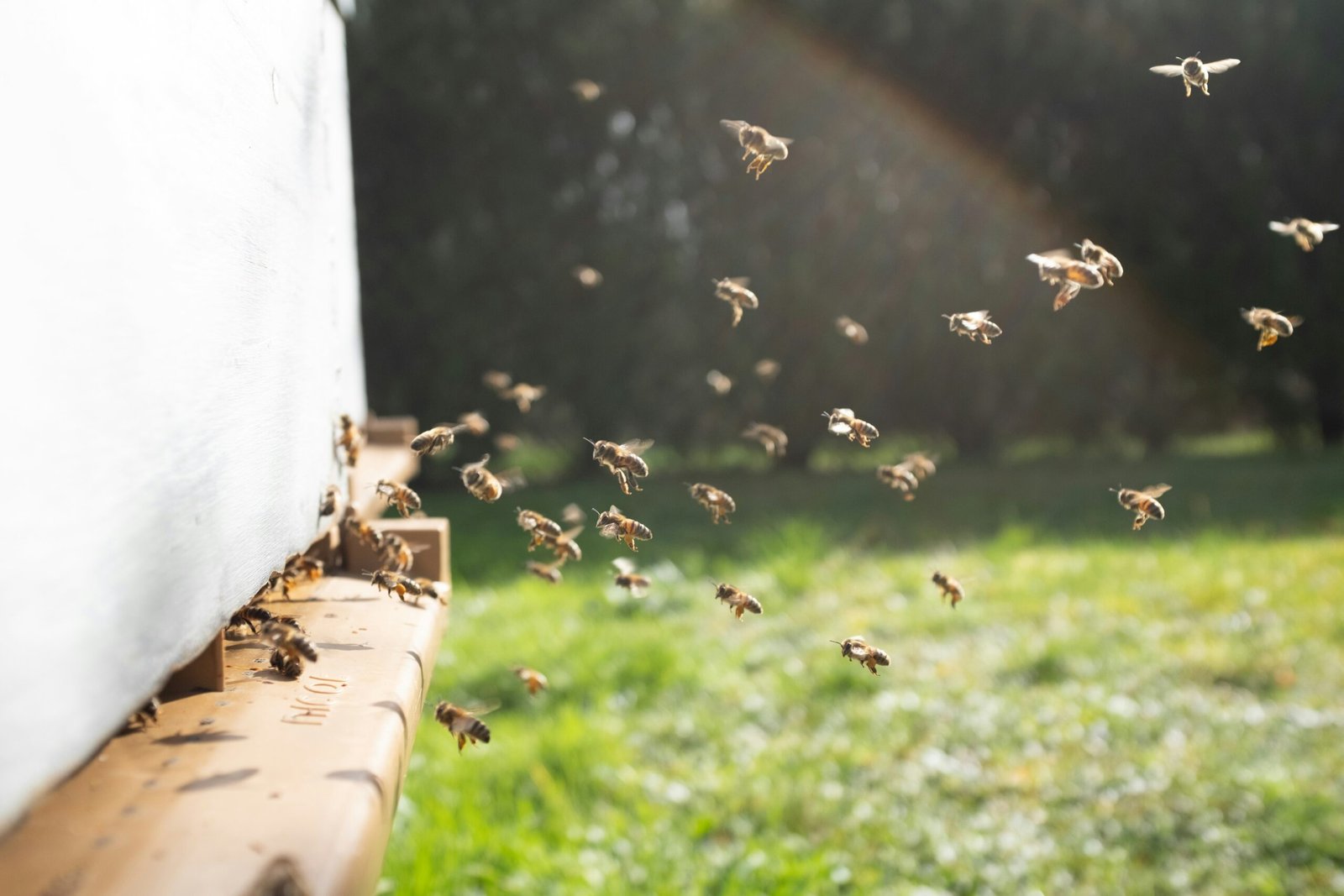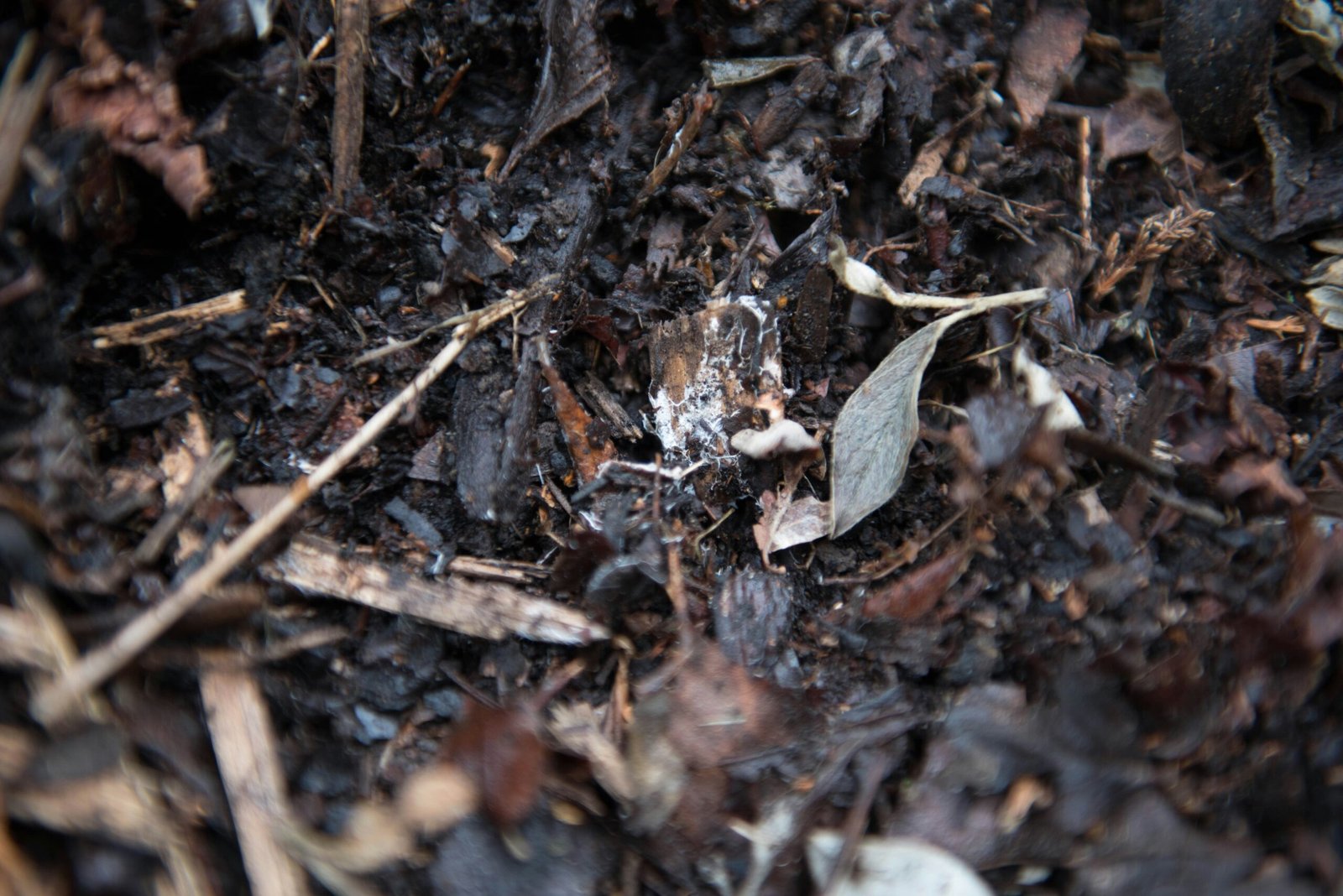Introduction
Designing a permaculture guild with blueberries at its center is a brilliant way to create a balanced and productive ecosystem. By strategically selecting companion plants, you can enhance the growth of blueberries, deter pests, and improve soil fertility. In this article, we will explore the roles of nitrogen-fixing plants, ground covers, and pollinator attractants in creating a thriving blueberry permaculture guild.
Nitrogen-Fixing Plants: The Silent Heroes
Nitrogen is an essential nutrient for plant growth, and blueberries thrive in nitrogen-rich soil. By incorporating nitrogen-fixing plants into your permaculture guild, you can naturally enrich the soil and provide the necessary nutrients for blueberry bushes. Plants such as legumes, like clover or vetch, have the incredible ability to convert atmospheric nitrogen into a form that can be readily absorbed by plants. These nitrogen-fixing plants not only improve soil fertility but also act as living mulch, suppressing weeds and reducing the need for excessive watering.
Ground Covers: Nature’s Blanket
Ground covers play a vital role in a blueberry permaculture guild by protecting the soil from erosion, conserving moisture, and suppressing weed growth. They act as a natural mulch, regulating soil temperature and preventing excessive evaporation. Some excellent choices for ground covers in a blueberry guild include creeping thyme, strawberries, or even low-growing herbs like oregano. These plants not only provide functional benefits but also add aesthetic appeal to your garden.
Pollinator Attractants: The Winged Allies
Pollination is crucial for blueberry bushes to produce a bountiful harvest. By incorporating pollinator attractants into your permaculture guild, you can ensure that your blueberry bushes are buzzing with activity. Plants such as bee balm, lavender, and borage are not only attractive to pollinators but also offer additional benefits. Bee balm, for example, has antimicrobial properties that can help prevent diseases in your blueberry bushes. Lavender, on the other hand, acts as a natural pest repellent, keeping unwanted insects at bay.
Companion Plants for Pest Control
Companion planting can also help deter pests and reduce the need for chemical interventions. Marigolds, for instance, emit a strong scent that repels harmful nematodes and other soil-borne pests. Their vibrant flowers also attract beneficial insects like ladybugs, which feed on aphids and other pests that might harm your blueberry bushes. Additionally, planting chives or garlic near your blueberries can help deter pests like aphids and Japanese beetles.
Creating a Balanced Ecosystem
When designing your blueberry permaculture guild, it’s essential to consider the overall balance of the ecosystem. Aim for a diverse mix of plants that provide different functions and benefits. For example, while nitrogen-fixing plants enrich the soil, ground covers protect it, and pollinator attractants ensure proper pollination. By creating a balanced ecosystem, you reduce the risk of pest outbreaks and create a harmonious environment for your blueberry bushes to thrive.
Conclusion
Designing a blueberry permaculture guild with companion plants that enhance growth, deter pests, and improve soil fertility is a smart and sustainable gardening approach. Incorporating nitrogen-fixing plants, ground covers, and pollinator attractants creates a balanced and productive ecosystem around your blueberry bushes. So, roll up your sleeves, get creative, and build a blueberry permaculture guild that will delight both your taste buds and the environment!





